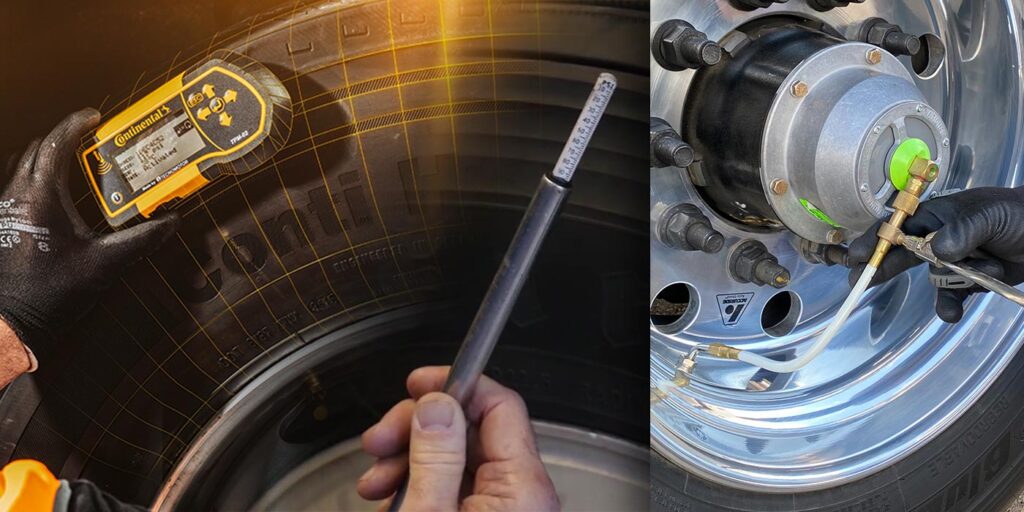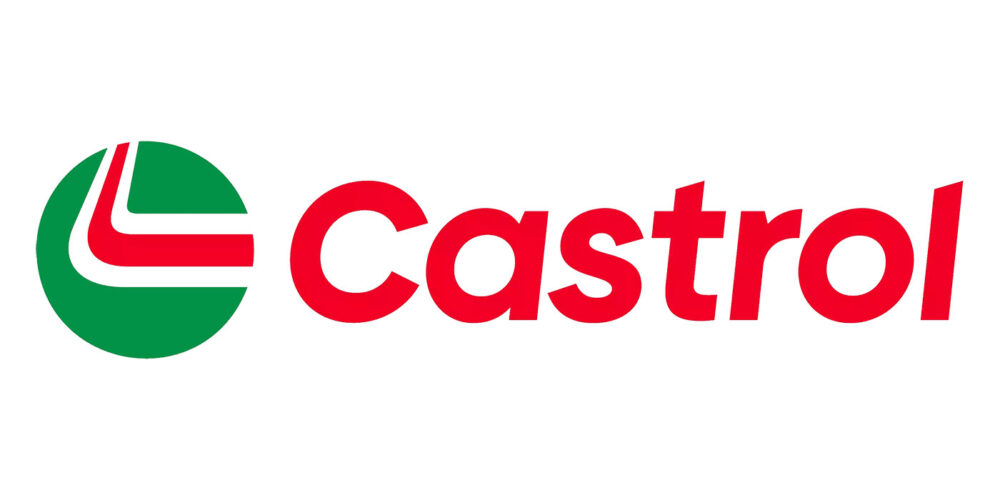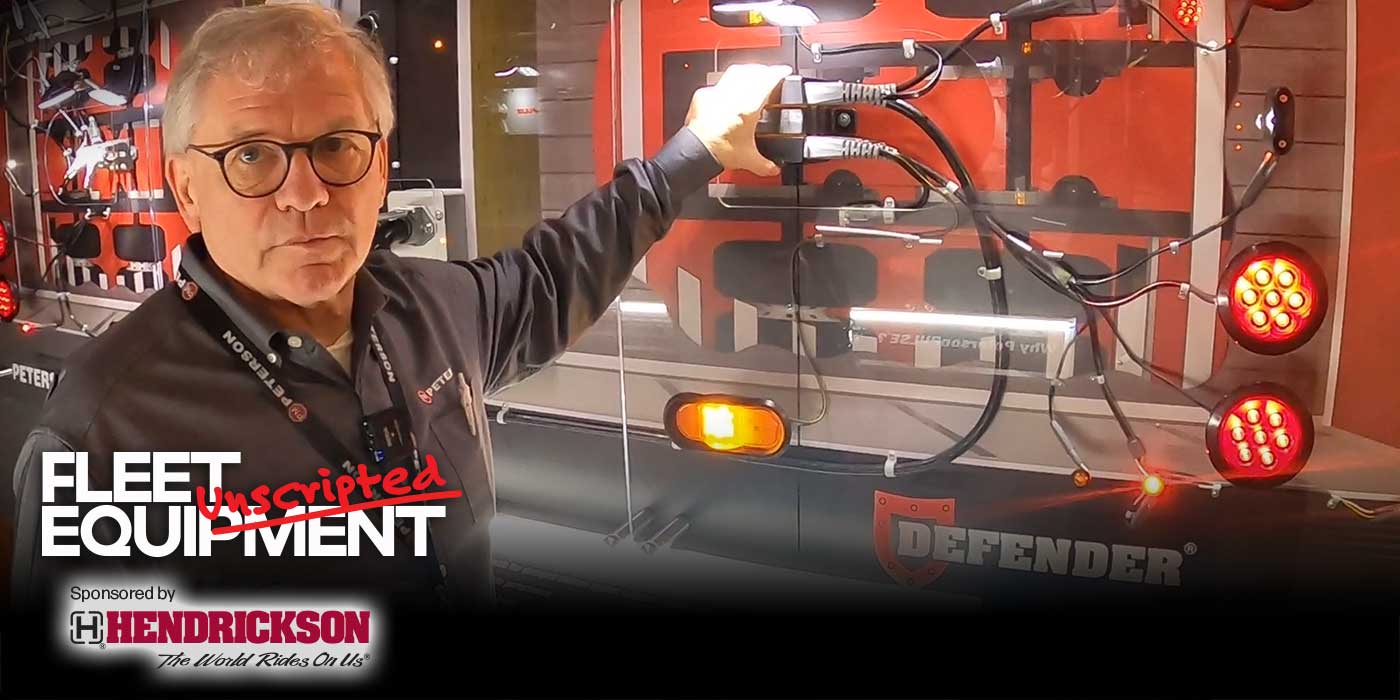Suppliers are in full agreement, perhaps best summed up by Mike Steiner, customer engineering support time zone referent at Michelin North America Inc.: “Striking a tire with a bat or hammer to determine air pressure is a method worth forgetting. There is no replacement for the high-quality, calibrated tire gauge. It remains the most effective tool in any maintenance program.”
Tom Fanning, Continental’s head of U.S. market for truck tires is equally succinct when summing up why maintaining tire pressure is important. “According to statistics from fleet inspections conducted across the United States, on average 34% of a fleet’s tires are underinflated,” he said. “Fleets who properly maintain their tire pressure benefit from increased uptime, extended tire life, and fewer tire-related breakdowns.”
Lower costs and improved safety can be added to that list as well. “It is critically important for fleets and drivers to maintain proper tire pressure to support driver safety and manage fleet costs,” said Greg Kidd, application engineer, Bridgestone Americas Tire Operations, U.S. and Canada. “Poor inflation pressure maintenance can cause breakdowns and delays for fleets and their customers. Something as simple as a disabled tire can even possibly cause serious injury.”
Many fleets, noted Kevin Hennig, vice president of product development at Pressure Systems International (P.S.I)are now adopting sensors as a quick and accurate way of determining pressure in tires. “Not only can a Tire Pressure Monitoring System (TPMS) provide a very accurate pressure reading, checking of all tire pressures can be done almost instantaneously rather than manually checking each tire individually,” he related.
“The key with TPMS is to have drivers that respond to alerts,” Hennig added. “You can also tie into a telematics system to deliver tire metrics directly to the appropriate department or person.”
Bridgestone, noted Greg Kidd, offers a TPMS to help fleets proactively identify and address tire pressure issues. “The system,” he added, “can also help increase technician productivity by providing digital inspections and electronic reports.”
A tire monitoring system, Continental’s Tom Fanning pointed out, is one of the quickest and easiest methods of checking tire pressure data, and it means that technicians never have to touch a tire. “With these tools, pressures can be monitored accurately for all tires on a vehicle instantaneously,” he said. “Additionally, if a fleet adopts a solution that remotely monitors multiple vehicles, it doesn’t require any intervention from drivers.
“Having a system that can also measure temperature goes back directly to saving the tire in the long run,” Fanning continued. “Pressure and temperature are directly proportionate to each other in a closed system like a tire. If no other variable changes in the tire except heat, the pressure will increase roughly 2 psi per 10 degrees Fahrenheit.”
Mike Steiner at Michelin reminds fleets that maintaining proper tire air pressure is probably the single most important maintenance activity that a fleet can do to maximize its investment in tires. “Proper pressure is critical to a tire’s performance,” he said. “Determine precise PSI for your tires based on the manufacturer’s requirements and vehicle application, and loads carried. Check tires prior to use and while they are cold for correct pressure.”
Manufacturers also point out the need to ensure tire gauge accuracy. For example, most handheld gauges have a +/- 5 psi tolerance. That means a tire that is supposed to be set at 100 psi may have an actual pressure of 95 psi, which means it is already 5% underinflated the first time it hits the road.
“To determine tire pressure, you should always use a tire inflation pressure gauge that is verified weekly against a calibrated master gauge,” Greg Kidd at Bridgestone stated. “Inaccurate gauges should be recalibrated or replaced.”
For most fleets, related Pressure Systems International’s Kevin Hennig, the ROI for fleets properly maintaining tires is fast and obvious. “Fleets can extend tire life 10% or more by always maintaining proper tire pressure, while also protecting casing integrity for retreading,” he said. “They can also expect an improvement in fuel economy. More importantly, proper inflation can help eliminate roadside calls that dramatically increase costs and reduce uptime.
“And remember,” Hennig added, “bats and hammers are even not remotely accurate in determining tire pressure.”
[Editor’s note: Manufacturers offer a wide range of information and service literature about tire maintenance and the impact of proper air pressure. An additional resource for fleets is TMC RP 235B — GUIDELINES FOR TIRE INFLATION PRESSURE MAINTENANCE.]














